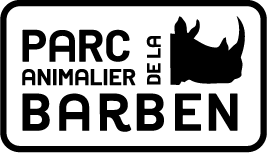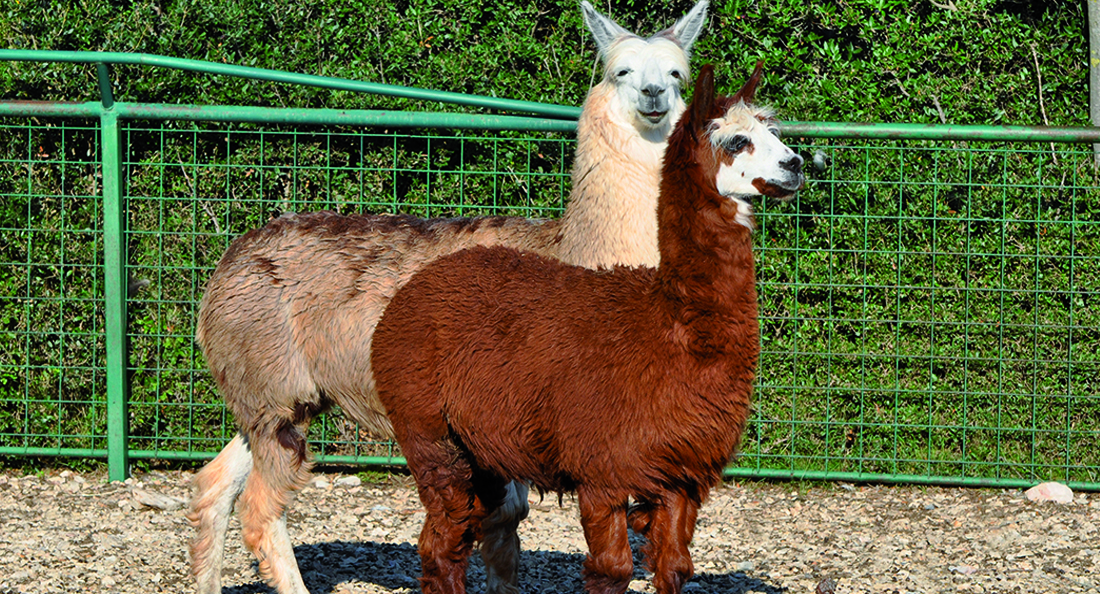Alpaca
Alpacas are common farm animals in the Andes. They cope with the lack of oxygen at these high altitudes through a number of adaptations, including an elevated number of red blood cells. Slightly smaller than llamas (their cousins), they provide meat, skins, manure (used for both fuel and fertiliser) and above all, wool! Soft and warm, it is some of the finest in the world and very tough as well, which is why it is so valuable.
During the Inca Empire, it was kept exclusively for royalty!
Domesticated 6,000 years ago, they are no longer found in the wild.
At La Barben, the alpacas share an enclosure with the Karakul sheep… another domesticated species.


